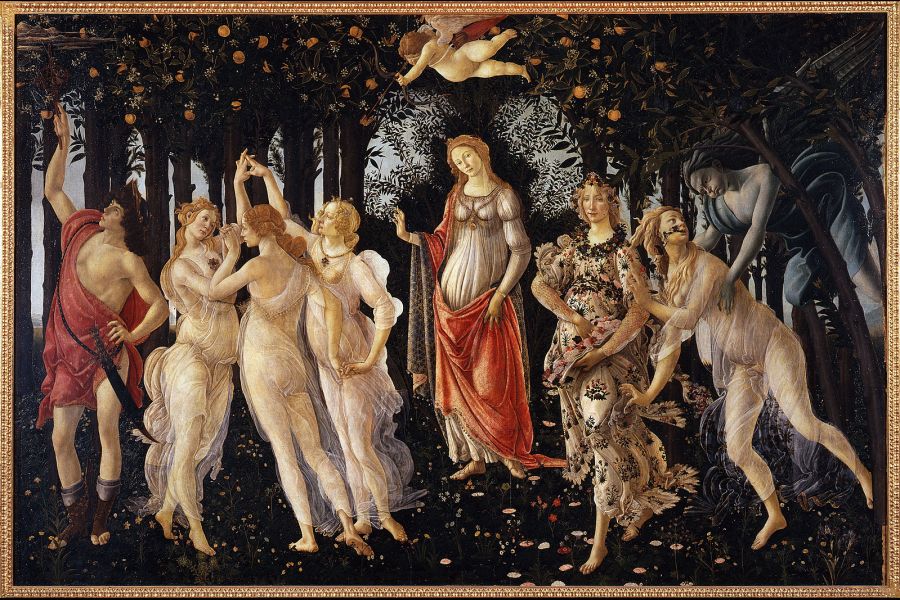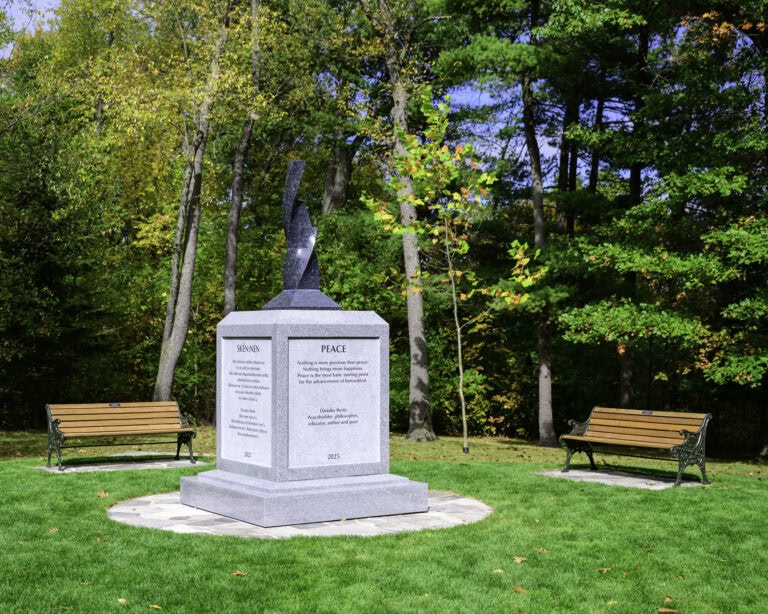Penny-Lynn Cookson
Special to Niagara Now/The Lake Report
For a few days this week the sunshine and warmth truly lifted our spirits to thoughts of spring. At last, spring with all its promise of rebirth, fertility, flowers and love.
What other painting in the world exemplifies this better than the famous and much loved “La Primavera” created by Sandro Botticelli for the ruling de’ Medici family of Florence on the occasion of a wedding in 1482.
Who commissioned the painting is not quite clear but it is believed that Lorenzo di Pierfrancesco de’ Medici gave it as a wedding gift to his new bride, Semiramide Appiano. It was placed in their bridal chamber near the millefleur (1,000 flower) tapestries popular at the time.
Later it was hung, together with Botticelli’s other famed painting, the “Birth of Venus,” at the Medici Villa di Castello until 1815 when it was transferred to the Uffizi Gallery where it remains one of its most admired paintings.
“La Primavera” continues to be controversial because its meaning is unclear. It is an allegory with figures from classical Greek and Roman mythology but also it references Renaissance Neo-Platonism, a focus of the scholars of the Medici court of Lorenzo the Magnificent.
Botticelli, being the favourite artist of Lorenzo, had access to their knowledge and to the literature and philosophy of ancient Roman writers such as Ovid, Lucretius and Virgil.
Renowned for his line, shading and colour, Botticelli uses a technique in the painting unusual for the Renaissance as it is without spatial depth and in this regard appears influenced by the Gothic-style tapestries. Whatever the meaning it is a stunning work of art fascinating to decipher.
The scene is set in an orange grove, the oranges symbolic of the House of Medici, which has six round balls on its coat of arms. Spring is arriving with the early wind bringing forth the growth of plants and flowers. On the right, Zephyrus, Greek god of the west wind, blows through the trees and abducts the pale green garden nymph, Chloris (from which we get chlorophyll), who is astonished but non-resistant.
Chloris is transformed by marriage into the goddess Flora, who from a fold in her splendid floral gown, scatters flowers as she moves through the grove. Hundreds of plant species and 130 specific flowers in the painting have been identified. Flora looks directly at the viewer with a slight knowing smile.
In the centre, the April goddess of love and beauty, Venus, is an ethereal presence with her hand raised in the traditional greeting of the Virgin Mary to the Archangel Gabriel. She wears a robe of blue and red, the garment colours of the Virgin Mary, over her contemporary white gown on which is pinned a round gold pendant revealing a scene of Joseph, Mary and the infant Christ.
Venus stands behind the others, veiled head tilted, observant, sculpturally beautiful, but expressionless, the sacred and profane in one. Cupid, her blindfolded (love is blind?) son, bow drawn, aims his arrow on a diagonal down to Chastity one of the Three Graces.
The Three Graces who accompanied Venus as virtues were popular in Roman statuary as they allowed the body to be shown from three sides achieving a figure in the round. They dance, hands and fingers elegantly intertwined, elongated bodies weightless in diaphanous gowns, bejewelled, their hair in the latest fashion of the court topped with pearls, a symbol of purity.
Chastity, in between Pleasure and Beauty, looks to her left to the handsome Mercury, (the Greek Hermes), messenger of the Gods and as a Roman god of commerce and medicine a pun on the Medici, Italian for doctor.
Mercury is identified by his helmet, winged sandals and his caduceus, the medical symbol, held aloft to scatter the May clouds and as guardian of the grove, a protector of the House of Medici.
With “La Primavera,” Botticelli has created one of art history’s greatest examples of physical beauty, an enduring celebration of love, marriage, prosperity and the fertile awakening of a long desired spring.
Penny-Lynn Cookson is an art historian who taught at the University of Toronto for 10 years. She also was head of extension services at the Art Gallery of Ontario. See her lecture series “Art and Revolution, From Cave Art to the Future” Thursdays on Zoom until April 29 at RiverBrink Art Museum in Queenston.









